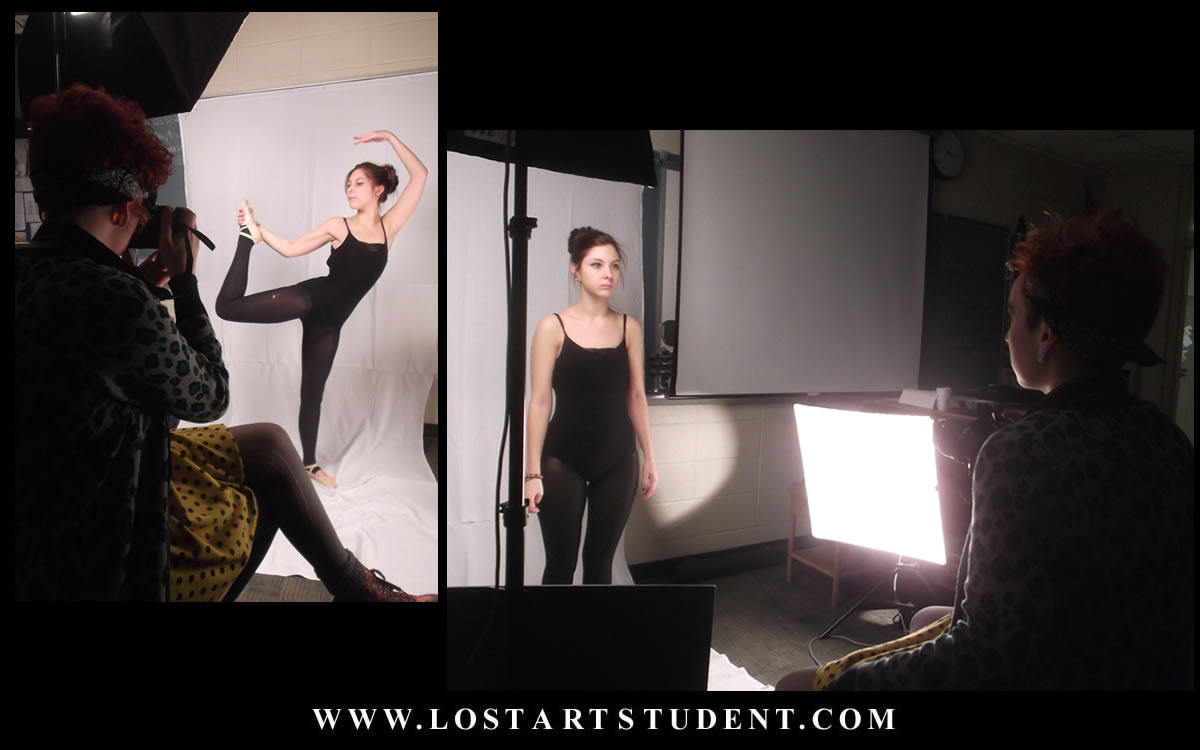Self Evaluation:________________
Productivity..................(10 pt)______
Quality..........................(10 pt)______
Portfolio Appropriate....(10 pt)______
Comments:
|
Teacher Evaluation :________________
Productivity..................(10 pt)______
Quality..........................(10 pt)______
Portfolio Appropriate....(10 pt)______
Comments:
|
| REVIEW FOR DRAWING PORTFOLIO |
REVIEW FOR 2D & 3D PORTFOLIO |
Section I (Quality)
Drawing Concepts and Skills include, but are not limited to:
• Light and Shade
• Rendering of Form
• Composition
• Surface Manipulation
• Illusion of Depth
• Mark-Making
|
Section I (Quality)
Works that demonstrate your mastery of design - apparent in the composition, concept and execution of the works.
• Unity/Variety
• Balance/Emphasis/Contrast
• Rhythm
• Repetition
• Proportion/Scale
• Figure/Ground Relationships |
Key Scoring Descriptors:
A. Understanding of Composition, Concept and Execution
B. Intention or Purpose
C. Originality, Imagination and Invention in Using the Elements and Principles of Design in Drawing Composition
D. Decision Making, Experimentation and/or Risk Taking.
E. Confident, Evocative Work That Engages the Viewer
F. Technical Competence and Skill with Drawing Materials and Media
G. Understanding the Use of Digital or Photographic Sources
H. Appropriation and the Student’s “Voice”
I. Overall Accomplishment and Quality |
Key Scoring Descriptors:
A. General Use of Design Elements to Investigate the Principles of 2-D Design or 3D
B. Decision Making and Intention in the Compositional Use of the Elements and Principles of Design (or) Making and Intention in the Activation of Physical Space through the Use of the Elements and Principles of 3-D Design
C. Originality, Imagination and Invention
D. Experimentation and Risk Taking
E. Confident, Evocative Work and Engagement of the Viewer
F. Technical Competence and Skill with Materials and Media
G. Appropriation and the Student’s “Voice”
H. Overall Accomplishment and Quality
|
Section II (Concentration)
A concentration is defined as “a body of work unified by an underlying idea that has visual coherence.” In scoring concentrations, there are four major areas of concern.
• Coherence and/or development — is the work presented actually a concentration?
• Quality of the concept/idea represented — is there evidence of thinking and of focus?
• Degree of development and investigation that is evident in the work — including the amount of work or number of pieces represented.
• Quality of the work in both concept and technique. |
Section III (Breadth)
Works demonstrating understanding of a variety drawing issues. Look for engagement with
a range of:
* Form * Content * Tonal values * Line quality
* Perspective and other spatial systems * Composition * Drawing surface * Depth
* Pattern * Means of representation and abstraction
* Materials * Techniques * Styles and so on |
Section III (Breadth)
A variety of works demonstrating understanding of the principles of design. Look for engagement with a range of design principles:
Unity/Variety Balance/Emphasis/Contrast
Rhythm Repetition
Proportion/Scale Figure/Ground Relationship
|
AP portfolios contain score points from
6 (excellent) through 5 (strong), 4 (good), 3 (moderate), 2 (weak) and 1 (poor).
AP Studio Art: Collegeboard Scoring Information
|

